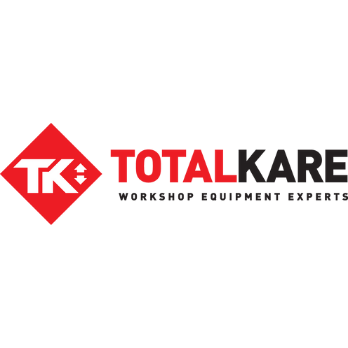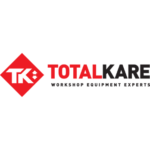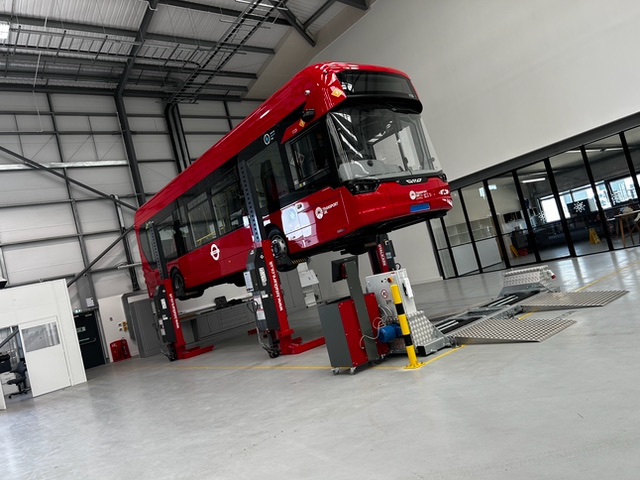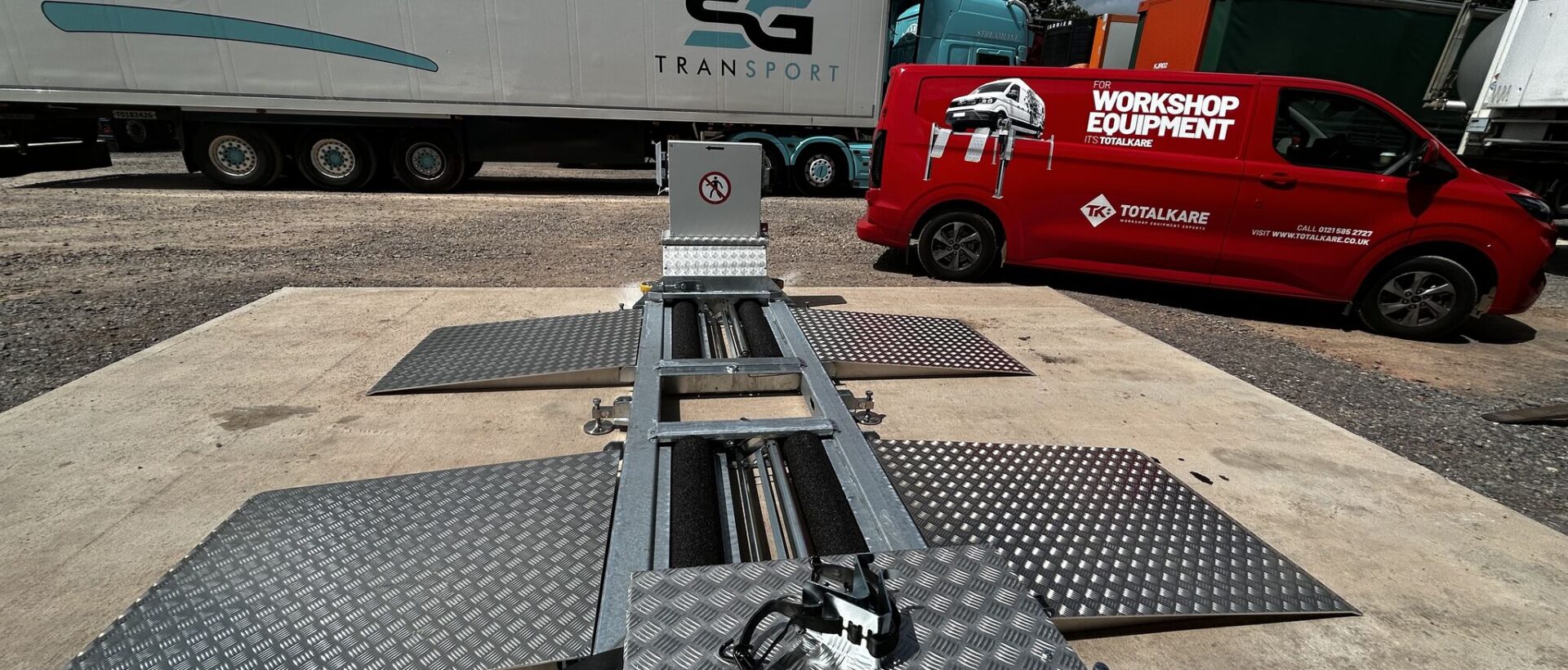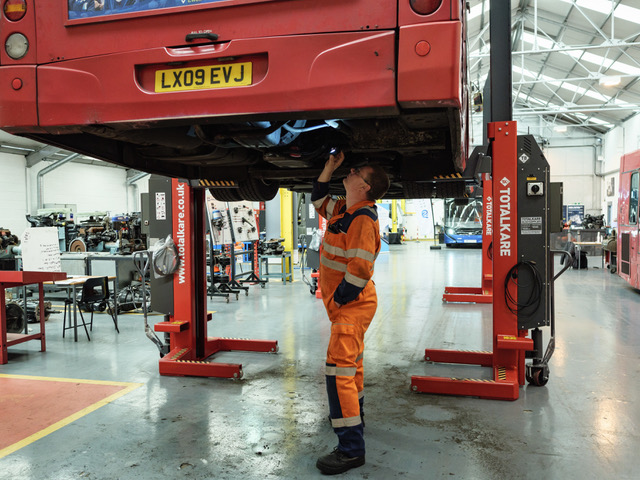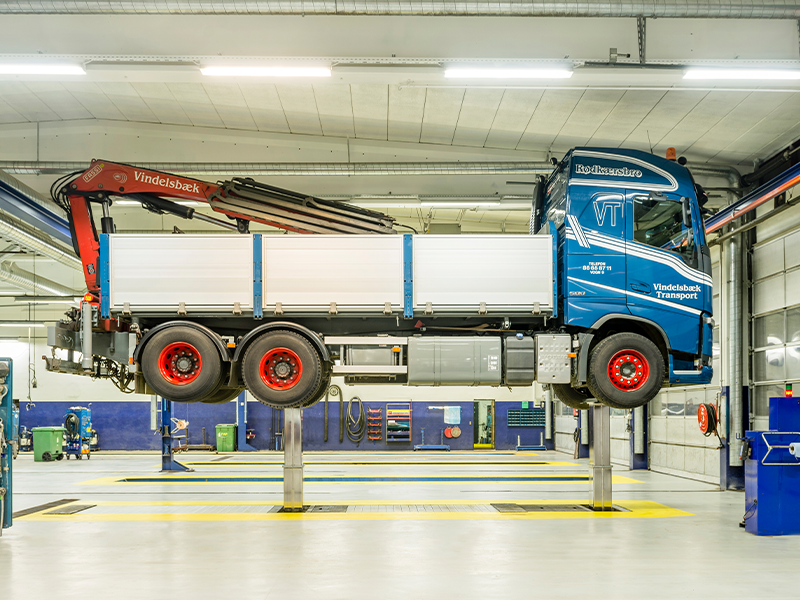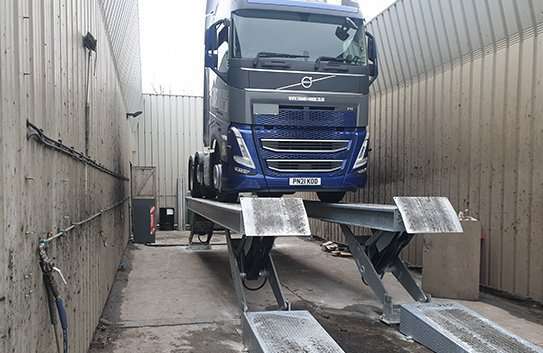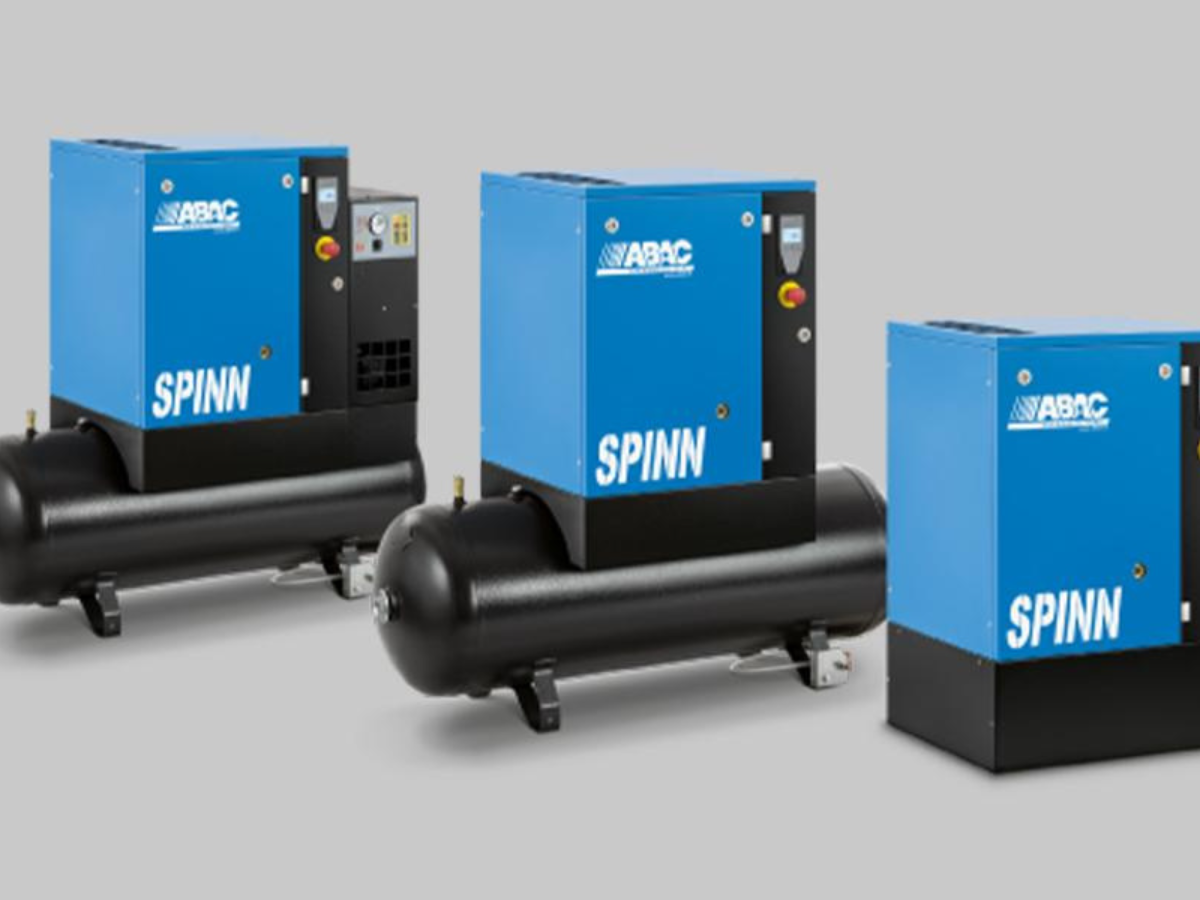How Do Mobile Column Lifts Work and What Safety Features Do They Have?
If you’re in the market for a new commercial vehicle lift, you’ve probably heard of our Totalkare Mobile Column Lifts.
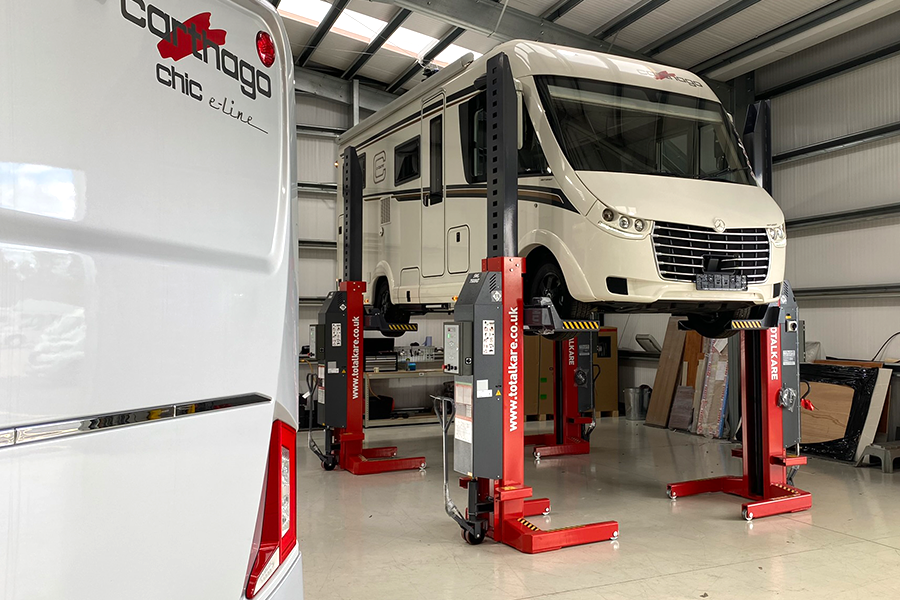
And if you’ve been using a fixed-installation lift for a long time, you might be uncertain about making the switch to a mobile solution.
So to help you make the best decision for your workshop, we’ve got the full lowdown on our Mobile Column Lifts — how they work, what you can lift, and the advanced features that keep your teams and your vehicles safe.
Here’s what you need to know:
How Does a Mobile Column Lift Raise Vehicles?
Like most commercial vehicles, a mobile column lift raises vehicles by lifting from the wheels.
But while most lifts use a platform or rails — where you drive the vehicle up onto the lift — a mobile column lift works in the other direction:
You’re not bringing the vehicle to the lift. You’re bringing the lift to the vehicle.
With a set of mobile columns that can be arranged in groups of 4, 6, or 8, you’re effectively building a vehicle lift underneath the wheels — by attaching the adaptable wheel forks to the wheels themselves, and controlling a set of lifting columns that are grouped together to lift simultaneously.
That gives you a huge amount of flexibility when it comes to saving space in your workshop. When you’re finished with the lift, the columns can be put into storage out of the way, and you can use the free space on your shop floor to carry out other jobs.
(And because they’re mobile and built for outdoor use, you can even do your lifting out on a courtyard or loading area — which frees up even more space inside your workshop.)
How Do You Use a Mobile Column Lift?
The first step is the most important — and that’s to conduct the proper safety checks to make sure your lift is in top condition and ready for use.
Once you’re happy with the safety checks, it’s as simple as positioning the columns next to the wheels, and attaching the wheel forks so they’re safely supporting the base of the wheels.
With your columns in place and grouped together, you can power on the lift, and use the controls from any of the columns to start raising the vehicle.
That’s the quick overview of how a mobile column lift works. But in practice, there are plenty of extra steps designed to keep your teams safe — which is why we created our Online Mobile Column Lift Training Course to give your technicians a complete understanding of everything that’s involved.
Can You Work on the Wheels While You’re Lifting?
With the standard setup, you won’t be able to work on the wheels. That’s just the reality of any vehicle lift that raises from the wheels.
But unlike other vehicle lifts, our Mobile Column Lifts have a solution:
With the addition of a Totalkare Axle Stand, you’ll be able to replace a single column to give you access to that wheel — with the vehicle still raised, and still safely supported.
An Axle Stand attaches to the chassis of the vehicle close to the wheel. But crucially, it doesn’t attach to the wheel itself. So when you swap out a single column lift for an Axle Stand, the wheel isn’t attached to anything — which means your workers can get full access to that wheel.
What Types of Vehicles Can It Lift?
Don’t be fooled by the size of each column: our Mobile Column Lifts have some of the highest capacities around.
With a lifting capacity of up to 7,500kg per column — and a configuration of up 8 columns working together — a single set of mobile column lifts can safely lift a vehicle with a weight of up to 60,000kg.
That’s more than enough to handle almost any vehicle you’ll find in a heavy-duty workshop, from vans and trucks up to lorries and coaches.
That covers the weight. But what about the length?
Most vehicle lifts work with a fixed platform or a pair of rails. They’ve got a concrete upper limit on the length of the vehicles you can lift, and that could be restrictive if you need to lift some of the longest vehicles out there.
But because a mobile column lift works with separate lifting columns attached at the wheels, it’s made to fit any vehicle that’s an appropriate weight — there’s effectively no limit to the length of what you’re lifting!
What Are the Safety Features of a Mobile Column Lift?
Mobile column lifts can be deceptive at first glance. Because the columns are compact and they’re not fixed into the ground, some people might think it’s a less stable or less safe option.
But that’s a mistake:
Just like with every other vehicle lift we supply to our customers, we’ve gone to great lengths to ensure the safety of our Mobile Column Lifts — and we’ve been constantly refining and updating the technology over the 40 years that we’ve been selling them.
When you choose a Totalkare Mobile Column Lift, you’re getting a lift with:
- State-of-the-art hydraulic lifting technology that complies with the latest safety standards
- An electronic shutdown that kicks in when the lift detects an obstruction
- An automatic jack brake
- A locking safety device
- Cable-free connection (with the T8DC Mobile Column Lift) to prevent trips and falls
- And a fully galvanised waterproof build (with the G8AC Mobile Column Lift) to prevent accidental water damage.
Is a Mobile Column Lift Right for Your Workshop?
There’s a huge range of options when it comes to choosing a vehicle lift — and there’s no clear-cut winner that works for every workshop and every situation.
But we can say this:
If you’re looking for a heavy-duty vehicle lift that gives you the highest flexibility (and helps you save space along the way), a Totalkare Mobile Column Lift could easily be the best fit.
Take a look at our full range of vehicle lifts to find out more — or talk to an expert to see exactly what your workshop needs.
This article was originally published by Totalkare Ltd.

